It might seem gum disease is something only older adults need to worry about. However, surprisingly teens with poor oral hygiene habits are just as likely to get it. Here we explore gum disease and the risks for gum disease in teens.
What Is Gum Disease?
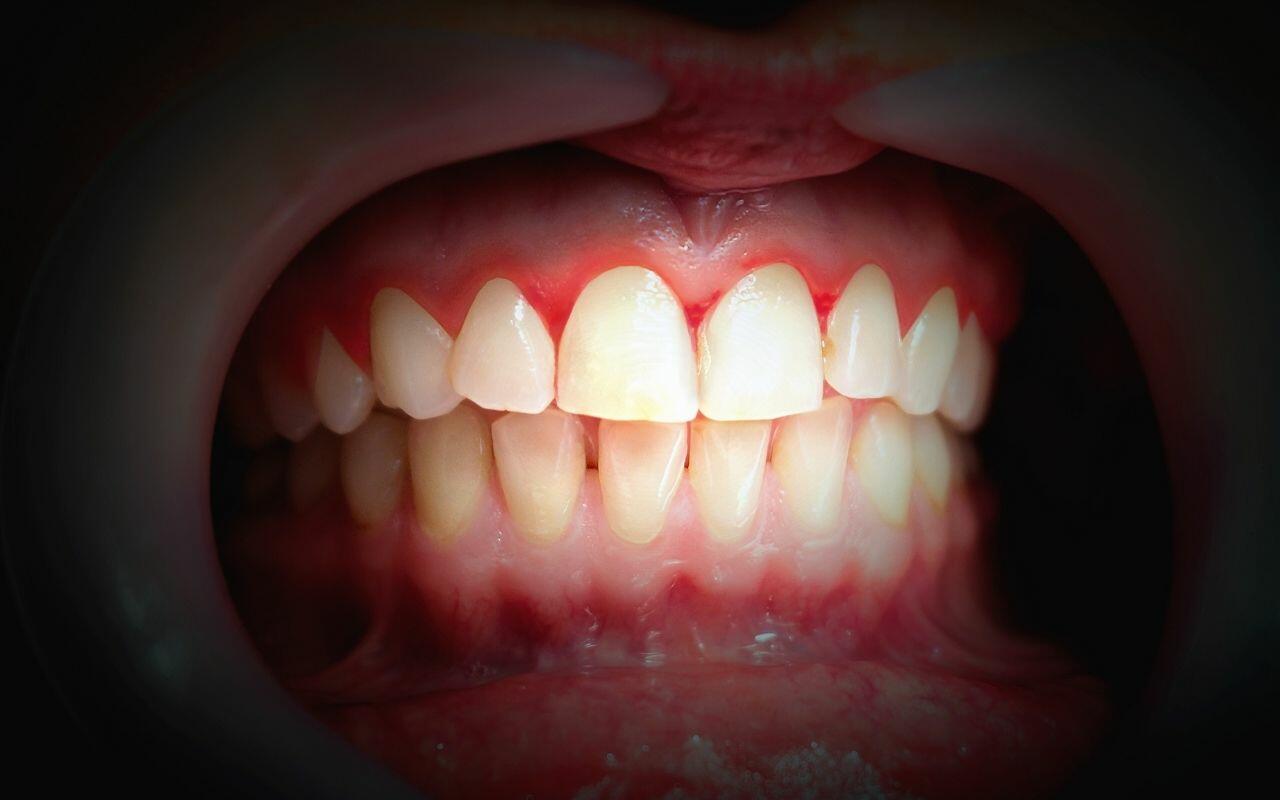
Gum disease or “periodontal” disease is inflammation of the gums. While it might not sound serious, teens can find it particularly unpleasant because not only is it painful, it can also cause bad breath. Although gum disease is easily avoided, many teens suffer from various levels of periodontal disease due to poor oral hygiene habits. This is troubling because your gums play an important role in keeping your teeth healthy.
When the soft tissue is inflamed the gums can’t support the teeth which can lead to decay and lost teeth. When you don’t brush and floss properly the plaque hardens creating tartar. Tartar is very destructive, destroying healthy gum tissue and leading to serious issues including risk for losing teeth.
Why Do Teens Get Gum Disease And What Are The Symptoms?
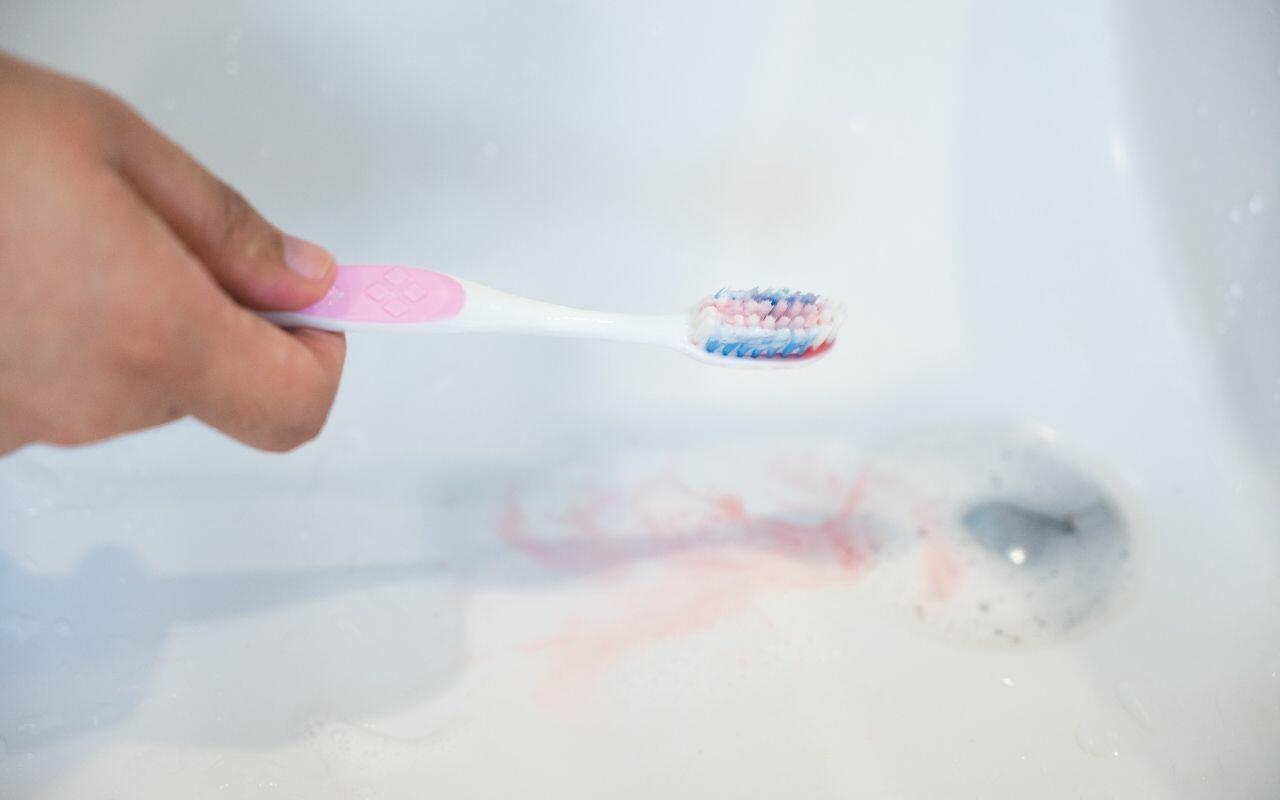
Teens get gum disease when they aren’t following the recommended basics of daily brushing and flossing. This allows plaque and toxin-producing bacteria to cause irritation and inflammation of the gums. If you brush and floss twice daily, you greatly reduce your risk for developing gingivitis, the earliest stage of gum disease. Speak to your dentist if you notice any of the following symptoms:
- Bleeding gums when brushing or flossing
- Reddened gums
- Swelling and/or tenderness
- Gums are loose around your teeth
- Bad breath
- Loose teeth
As long as you see your dentist at the first sign of bleeding, you can avoid serious issues from gum disease.
What Other Steps Reduce Risk For Gum Disease In Teens?

Some other steps you can take to avoid gum disease include:
- Dental Checkups: Scheduling dental checkups twice a year is part of your dental hygiene regime. Your dentist checks for signs of gum disease as well as other dental issues. This is important as often you might not even realize you have gingivitis. As well, your hygienist removes the plaque you aren’t able to remove with your toothbrush, ensuring it doesn’t harden and turn into very harmful tartar.
- Healthier Diet: A healthier diet with less sticky and starchy snacks and meals helps you avoid producing harmful acids that increase the risk for gum disease.
- Smoking: “Social” smoking is never a good idea for younger people. Because tobacco is addictive it becomes harder to avoid smoking and it can become a life-threatening habit. It is also bad for your teeth, increasing the risk for not just gum disease but also oral cancers.
- Lack of Sleep: Stress along with a lack of sleep can increase the risk for infection and illness, including gingivitis. Getting eight hours of sleep and trying to avoid stress can help you stay healthy.
Although it can be hard to stick to these recommendations in social situations, it will help keep your teeth and gums healthy, and also reduce the risk for bad breath.
Are There Risk Factors For Teen Gum Disease?
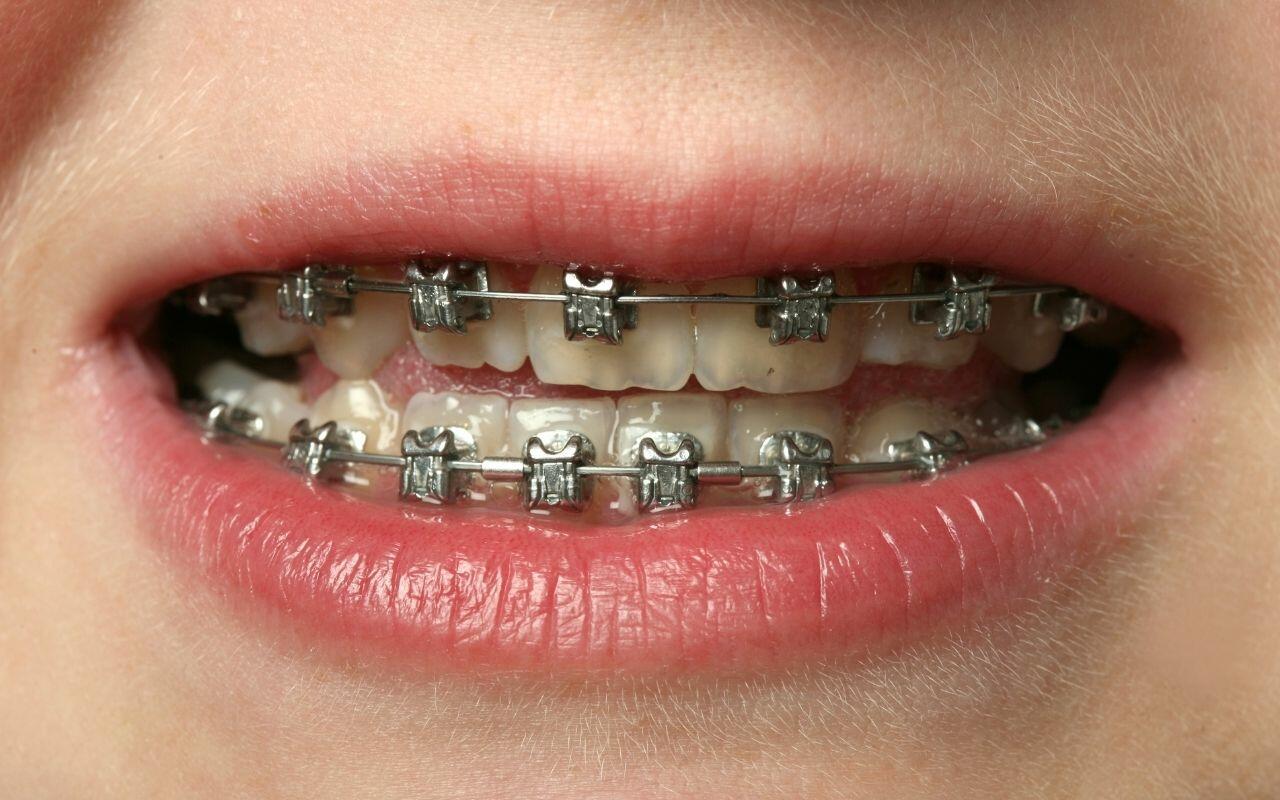
Yes, unfortunately, there are gum disease risk factors out of your control, including:
- Braces: Having braces can increase the risk for tooth decay and gum disease because it can become more difficult to clean and floss your teeth. However, your dentist or hygienist can show you how to keep your mouth clean during orthodontic treatment using the proper tools and techniques.
- Hormones: Teen hormones can lead to a whole host of woes, including gum irritation.
- PMS: Some girls can experience gum bleeding as part of their PMS symptoms.
- Genetics: If your parents have gum disease there is a higher chance you can develop it too.
- Medications: Some medications can increase the risk for gingivitis.
Your dentist keeps these factors in mind when assessing your gums.
Stages Of Gum Disease
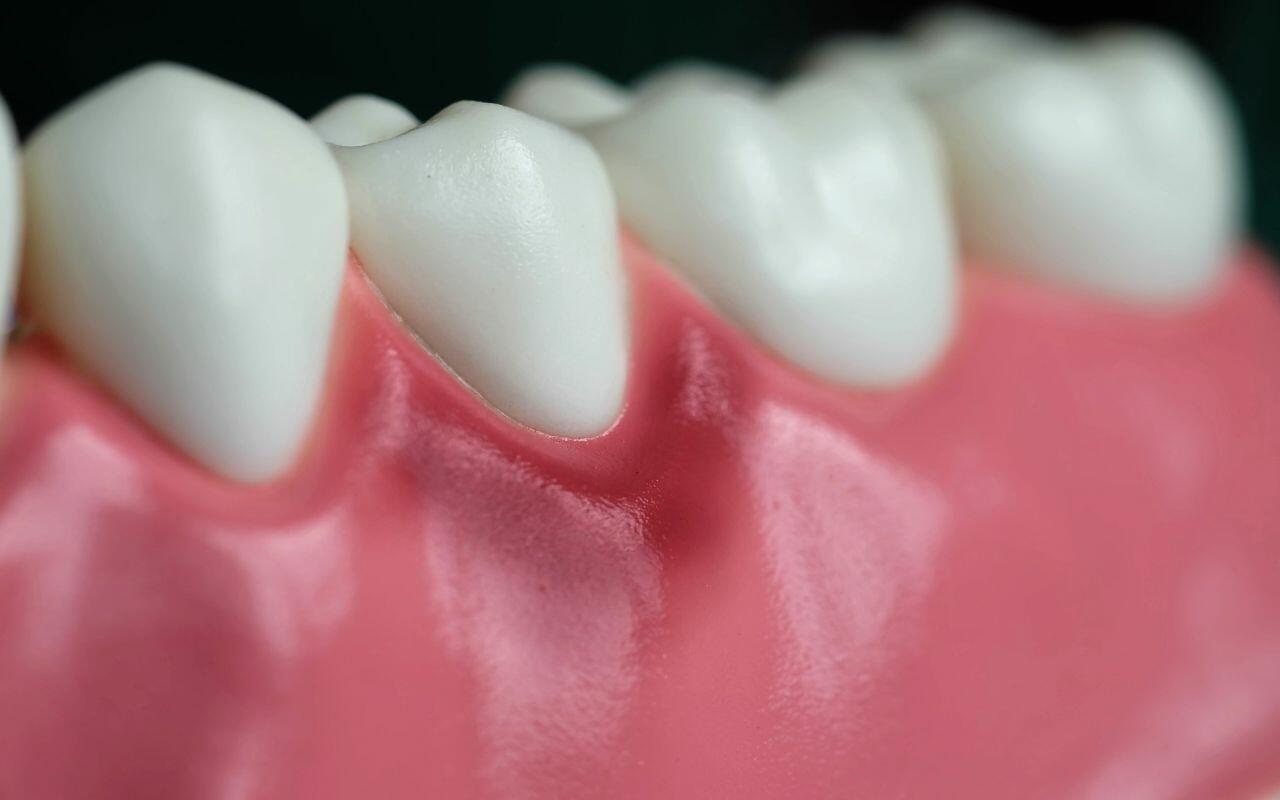
Luckily gum disease happens in stages. This allows you to catch it early and completely reverse it with little effort. It begins with gingivitis, which causes bleeding gums when you brush and floss. As it progresses you will see other signs such as red, puffy gums and tenderness. As soon as you see these early warning signs, ask your parents to set up an appointment with your dentist.
They will assess your gums and recommend improved oral hygiene steps as well as tools you can use to get your gums back to health. As long as you follow their advice, your gingivitis shouldn’t return, unless there are other underlying factors at play. If you don’t see your dentist your gum disease will progress and can lead to periodontitis, a much more serious stage. In this case, your gums weaken and form deep pockets around your teeth. This allows bacteria to collect, leading to infections deeper in your tissue. This can lead to tooth loss and bone loss in the jaw.
How Can Teens Treat Gum Disease?
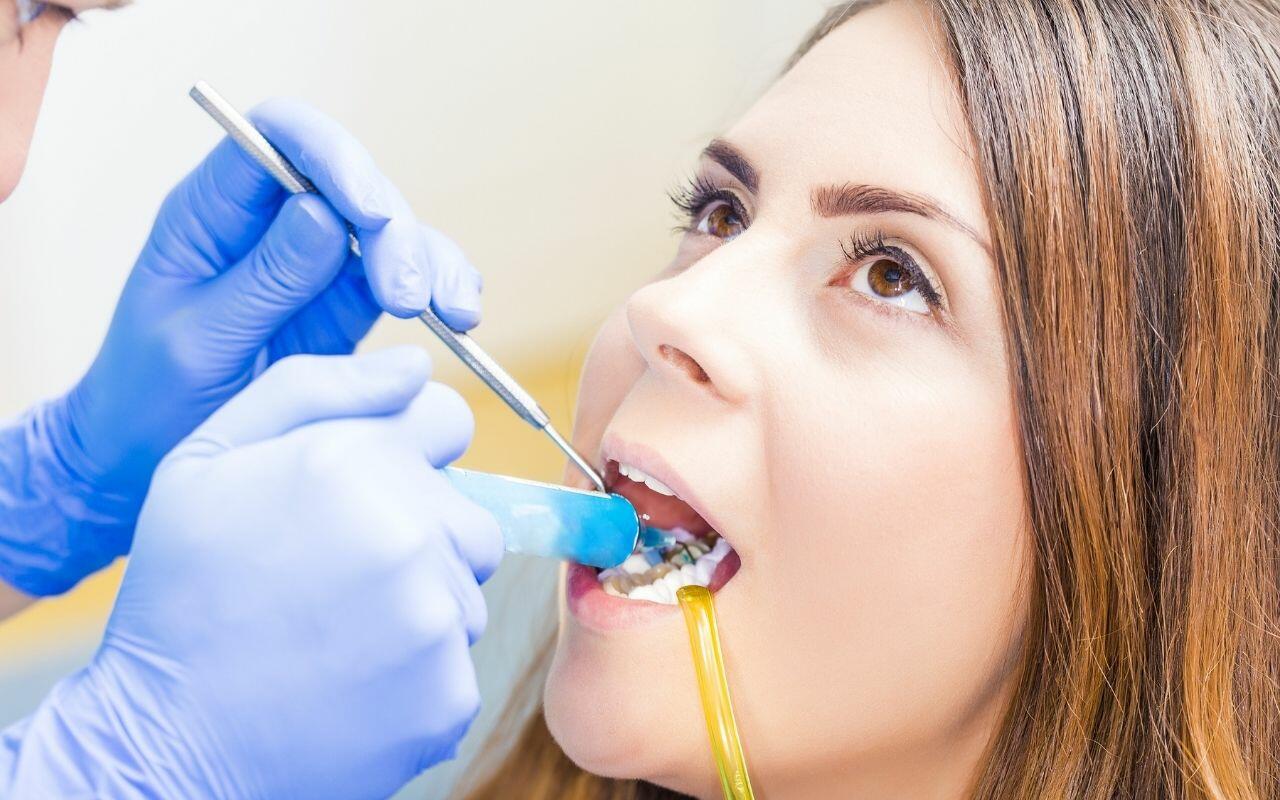
In the early stages of gum disease, your gingivitis is easy to treat by improving your brushing and flossing technique. As long as you diligently stick to the new regime you can reverse your gingivitis. If the gingivitis is slightly more advanced, you might also need an antibacterial mouth rinse or antibiotics to fight the infection. However, if your gingivitis has advanced to periodontitis, the infection is more difficult to treat. Some of the possible treatments might include:
- Scaling or root planing to scrape away hard tartar and plaque which has reached below the gum line
- Antibiotics to fight the infection by killing bacteria in the “pockets” caused by periodontitis
- Surgery for severe cases to open the gums and clean diseased gum pockets and reseal the gums for a tighter fit around the teeth
- Gingival grafting where gum tissue is taken from healthy tissue in the mouth to replace the diseased tissue
Once you undergo these treatments you are more likely to stick to a healthier regime to avoid going through it again.
If your teen is showing early signs of gum disease, make sure to call us right away to schedule an appointment at 905-775-5307 or click here to request an appointment.
